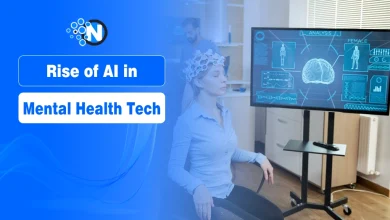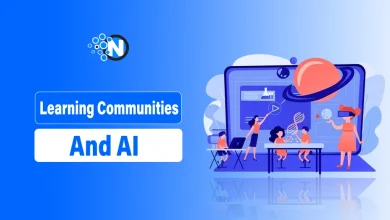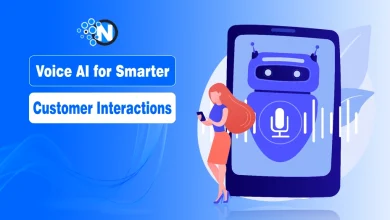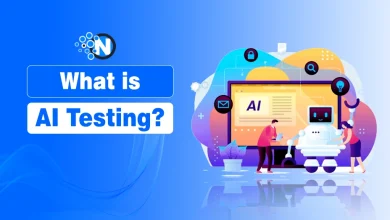How to Create Training Data for Computer Vision Use Cases

Gone are the days (Training Data for Computer Vision) when we fancied machines’ ability to simulate the human visual system. Today, artificial intelligence (AI) and machine learning (ML) are shaping the way we communicate, do business, and work. Computer vision, abbreviated as CV, is at the center of these two hot tech fields, thanks to its massive potential and wide range of applications. Its objective is to become a replica of the powerful capacities of human vision.
Now you may be asking yourself what computer vision is, what it does, any recent applications of this tech to various industries, or even any documented business use cases. We’ve got you covered.
In this article, we are going to cover the basics of computer vision and its real-world application, and also delve deep into how training data for computer vision use cases is created.
Introducing Computer Vision
CV is a subfield of AI that helps IT systems “see” and understand information from visual inputs, such as digital images and videos, and respond to the information through an action or a recommendation. Just like the human vision that uses optic nerves, retinas, and visual cortex to derive meaningful information from objects, computer vision trains machines to do the same in less time using algorithms, cameras, and data.
Further, CV’s ability to analyze thousands of visual objects or processes in seconds and still find imperceptible issues. According to Grand View Research, the global observability tools and platforms market size is expected to grow at a CAGR of 10.7% from 2024 to 2030.
Computer Vision Use Cases
Many fields need computer vision for its ability to interpret images and videos. Below are some of the leading use cases:
You can also visit https://savant-ai.io/ to find out how security companies are using computer vision in their products.
Security Systems
The world right now is leaning towards computer vision-powered security devices. From businesses to schools, facial recognition technology is becoming essential to keep criminals far off the premises or at least reduce potential threats. The number of security cameras in the world today are estimated to be about 1 billion, and that presents a big opportunity for CV in the existing security equipment in businesses and premises.
Medical Diagnosis
Today, the diagnosis of fatal diseases such as lung cancer uses software systems with image classification and pattern detection capabilities. A team of scientists has developed an AI system that detects nodules that show early stages of cancer. The system delivers 95% accuracy, higher than radiologists’ 65% accuracy.
Driverless Vehicles
Cars are using cameras and sensors to recognize speed bumps, parked vehicles, and trees around their environs without human intervention, thanks to computer vision.
Creating Custom Training Data for Computer Vision Use Cases
The groundbreaking applications of computer vision are revolutionizing industries and shaping the future with more AI-enabled devices. However, the success of such innovative AI technologies is credited to vast amounts of training data for computer vision. In other words, it is the quality and quantity of training data that determines the successful real-world computer vision application to a given industry.
If that is the case, how exactly do you create such training data for various computer vision use cases? Below are the six important steps to follow when creating training data for any computer vision use case:
Choose your preferred data collection method
There is no limit to how you can create your own data set or how you can collect the data. For example, you can use internal resources to build the data, or outsource from third-party providers. You can also use automation (helped by data scraping tools) or the manual method of data collection, or combine both methods if you like. The secret in choosing your collection method is the data labeling tool that you use because it determines the success of your project.
Collect your data in tiers (Training Data for Computer Vision)
It is recommended that you begin working with small datasets to better analyze how effective your predictive model is, then make necessary adjustments thereafter. If you have large datasets of 200,000 images for an image annotation project for example, break down the data in tiers of 20,000 to 50,000 then increase the size gradually depending on how your model responds after training.
Validate your data (Training Data for Computer Vision)
Validating the data you have collected becomes important in ensuring that data quality metrics such as density, variance, and quantity, are met. Even though you can skip this step, there is no better time to find out biases and recollect the data than this.
Annotate your data (Training Data for Computer Vision)
You have collected and validated your data; now it is time for the defining moment of your project: data annotation. You are free here to pick your best image annotation technique because it determines the success of your project, so take your time in this stage before making the decision.
Validate your model (Training Data for Computer Vision)
This stage basically involves validation of the quality of your algorithms to determine whether the labeled data perfectly matches the algorithm you are building. This stage is by and large done by humans, as several iterations might be done on the annotation process to figure out what works at optimum best and what does not.
Repeat
Repeating the collection, annotation, and validation steps may sound stuffy and boring, but that is how machine learning is, a repetitive exercise. Once your model is complete and reaches the production stage, you will repeat these steps to be sure it works perfectly. Again, the conditions in the real world are changing constantly, and your model should adjust to these new conditions – and the only way is to continually collect, annotate, and validate data.
Take Home
The creation process of custom training data for computer vision use cases is cyclical and needs the collaboration of human power, process, and technology. The success of your project will be determined by how much you put into consideration when picking your workforce, your process of data collection, and the annotation tools you use.
Summing Up
Computer vision is an innovative space that employs the most recent AI technologies to create IT systems that help humans in various industries. From disease diagnosis to security upgrades, image classification and pattern recognition remain to be the most dominant and powerful AI combination today.




